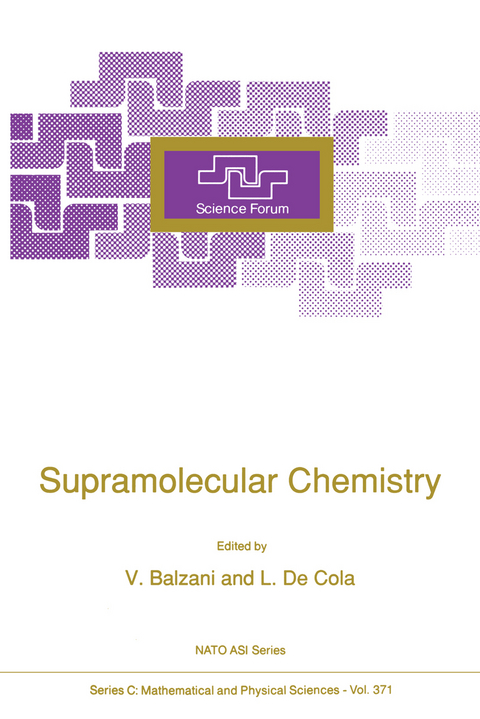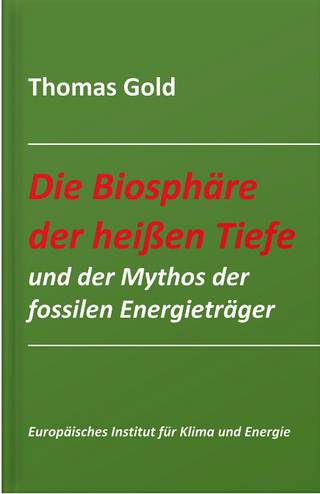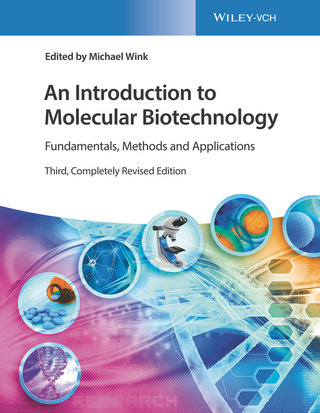
Supramolecular Chemistry
Springer (Verlag)
978-94-010-5099-9 (ISBN)
The first NATO Science Forum was held in Biarritz in September 1990. This Taormina Conference is the second in a series that we wish to be a long one and I believe that it has equalled the success of its predecessor. In setting up these meetings the NATO Science Committee wanted to gather leading experts to review fields of strong present interest. It was intended that presentations and discussions should pay special attention to potential developments. This "forward look" is indeed precious to us in mapping out the evolution of our Science Programme but more importantly, it is an essential part of the progress of Science. I believe that NATO, being able to bring together eminent scientists from both sides of the Atlantic, is in a priviliged position to provide this service to our Scientific Community. It was only proper that Chemistry should be one of the first areas to be targeted: a central science with many rich borders touching on other disciplines, it deserved the full attention of our Committee. In its vast domain, among many possible topics, the present one was carefully selected and its choice resulted from an extensive consultation of many leading chemists. The large fraction of replies which pointed to Supramolecular Chemistry left us with little doubt about the timeliness of a Forum in this area and the strong interest attached to it.
Self-assembly in chemical systems.- Hydrogen bonding in supramolecular functions.- New shapes for selective molecular recognition from calixarenes.- Calix[4]arenes, molecular platforms for supramolecular structures.- Molecules with large cavities. Selective complexation of inorganic and organic guests.- Multi-electron redox activity of supramolecular coordination compounds containing metallocyclam and ferrocene fragments.- New approaches to anion coordination chemistry. Acyclic quaternary polybipyridinium receptors designed to bind anionic guest species.- Supramolecular cyclophane chemistry.- New synthetic receptors for complexation and catalysis.- Unimolecular Micelles.- Ru(II) and/or Os(II) trimetallic complexes of tris(bipyri-dine) bridging ligands. Absorption spectra, luminescence properties, electrochemical behavior, and intercomponent energy transfer.- Kinetic and spectroscopic investigation of the influence of conformation and orbital-symmetry on long-range intramolecular donor-acceptor interaction.- Supramolecular arrays for the efficient conversion of light into chemical energy in the solid state.- Into the third dimension of coordination chemistry: towards starburst arrays.- Antenna effects and photoinduced electron transfer in polynuclear metal complexes.- Long-range electron and energy transfer in molecular assemblies.- Synthetic molecular knots.- Proton transfer photoreactions in supramolecular systems.- The optimization of photochemical energy conversion: synthetic supramolecular devices vis a vis photosynthesis.- Intramolecular electron transfer in donor acceptor systems linked by a flexible chain.- Attempts to mimic biomembrane processes: function of phospholipase A2 at lipid monolayers.- Photochemistry of crown ether styryl dyes.- Towards synthetic enzymes based on porphyrins and steroids.- Photophysical properties of thionine and methylene blue when bound to DNA, polynucleotides or nucleotides.- Structure and binding for cyclophane-arene complexes in water from Monte Carlo simulations.- Photoinduced electron transfer between intercalated molecules: using polynucleotides to self-assemble donor-acceptor systems.- Synthesis and properties of heterometal cubane-type clusters in ferredoxins.- Binding and catalysis in water.- Ferrocene as the central unit in novel, redox-sensitive ligands, monomers, and receptors.- Author index.
| Reihe/Serie | NATO Science Series C ; 371 |
|---|---|
| Zusatzinfo | XXIV, 450 p. |
| Verlagsort | Dordrecht |
| Sprache | englisch |
| Maße | 160 x 240 mm |
| Themenwelt | Naturwissenschaften ► Biologie ► Biochemie |
| Naturwissenschaften ► Chemie ► Physikalische Chemie | |
| ISBN-10 | 94-010-5099-6 / 9401050996 |
| ISBN-13 | 978-94-010-5099-9 / 9789401050999 |
| Zustand | Neuware |
| Haben Sie eine Frage zum Produkt? |
aus dem Bereich


